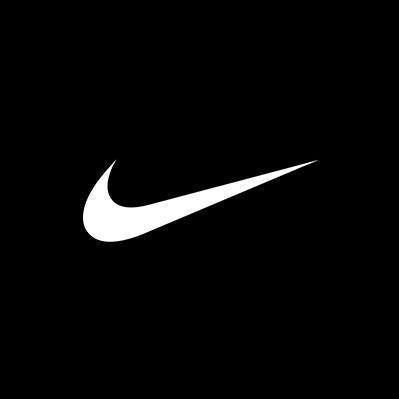
Nike Behavioral Interview Template — Product Designer (Nike Digital)
This behavioral interview mirrors Nike’s conversational, story-driven style and focuses on how you design with a consumer/athlete-first mindset while collaborating across a global, matrixed organization. Expect STAR-form responses, outcomes over outputs, and alignment to the Nike Maxims (e.g., Serve Athletes*, Be on the Offense Always, Win as a Team). Structure (60 minutes): - 5 min — Warm-up and role context: Brief intros; how the role supports Nike Digital experiences (e.g., Nike App, SNKRS, NRC, NTC) and membership. - 10 min — Values and Nike Maxims: Probing for consumer obsession, integrity, bias for action, and team-first behaviors. - 15 min — Portfolio story (1 deep dive): A single, end-to-end product story emphasizing problem framing, research synthesis, iteration, craft decisions, accessibility/inclusion, measurable impact, and learnings. - 15 min — Collaboration and influence: Cross-functional scenarios with Product, Engineering, Data/Insights, and Brand/Geo partners; navigating ambiguity and trade-offs at speed. - 10 min — Global scale and outcomes: Designing for different geographies (NA, EMEA, Greater China, APLA), localization, experimentation/metrics, and how you balance brand excellence with performance. - 5 min — Candidate questions: Your chance to assess team rituals, design-system maturity, and how success is measured. Focus areas and sample prompts: - Consumer/Athlete obsession: "Tell us about a time you reframed a brief after new athlete/consumer insights emerged. What changed and what impact did it have?" - Bias for action and resilience: "Describe a time you shipped iteratively under tight timelines. How did you de-risk quality while moving fast?" - Collaboration in a matrix: "Share a story where product, engineering, and brand priorities conflicted. How did you align stakeholders and what trade-offs did you make?" - Data-informed craft: "How have you combined qual research with quant signals (e.g., experiment results, funnel data) to guide design decisions?" - Global/regional nuance: "Give an example of adapting a flow for a specific geo (e.g., payment, language, cultural norms). What did you change and why?" - Inclusion and accessibility: "Walk us through a decision where inclusive design requirements (e.g., WCAG, motion sensitivity, language complexity) changed your solution." - Leadership without authority: "When have you influenced a roadmap or design direction without formal ownership? What mechanisms did you use?" - Learning from failure: "Tell us about a design that underperformed. What did you learn and how did you iterate?" What great answers look like at Nike: - Clear linkage to Nike Maxims and doing the right thing for athletes* (consumers) and the team. - Concrete outcomes: metrics tied to member value, conversion, retention, or engagement; crisp articulation of before/after. - Evidence of working with experimentation, platform/design systems, and shipping at scale across mobile platforms. - Comfort with ambiguity, strong storytelling, and respect for brand craft alongside performance. Interviewer cues/checkpoints: - Does the candidate demonstrate consumer empathy and measurable impact? - Do they show ownership, humility, and team-first behaviors under pressure? - Can they navigate global constraints (localization, compliance, operational realities) without sacrificing experience quality? - Do they embrace inclusive design and accessibility as non-negotiable? Preparation tips for candidates (what interviewers expect to see): - One polished, end-to-end product story with artifacts (problem statement, insights, iterations, hypotheses, metrics, learnings). - A second abbreviated story highlighting cross-functional alignment and speed-to-value. - Reflection on how your work connects to Nike’s membership ecosystem and long-term athlete/consumer value.
4 minutes
Practice with our AI-powered interview system to improve your skills.
About This Interview
Interview Type
BEHAVIOURAL
Difficulty Level
4/5
Interview Tips
• Research the company thoroughly
• Practice common questions
• Prepare your STAR method responses
• Dress appropriately for the role